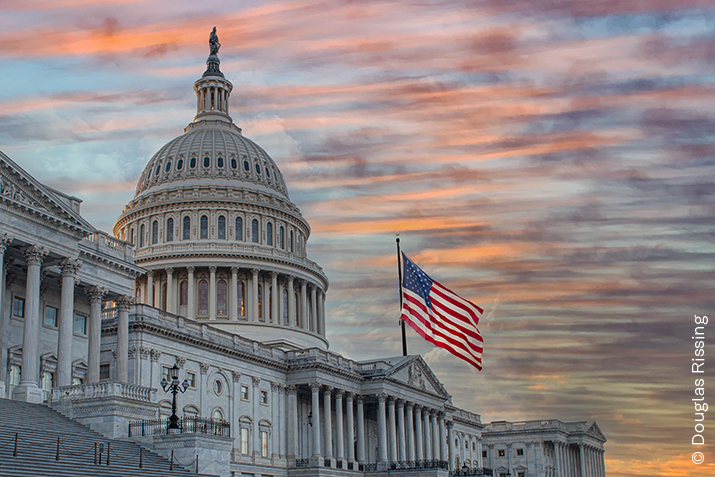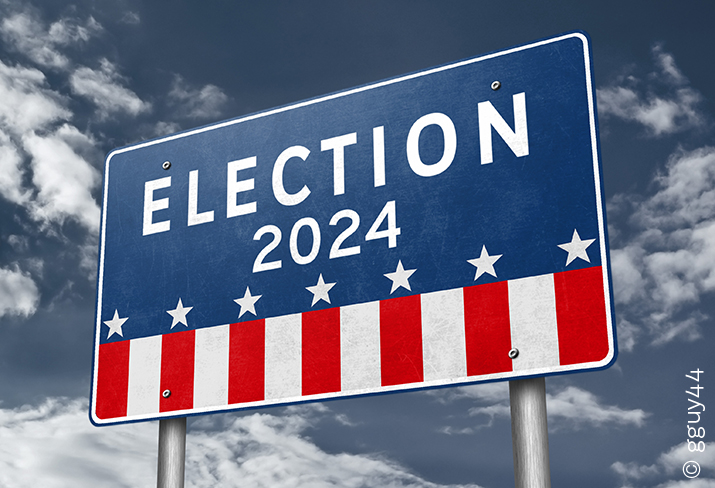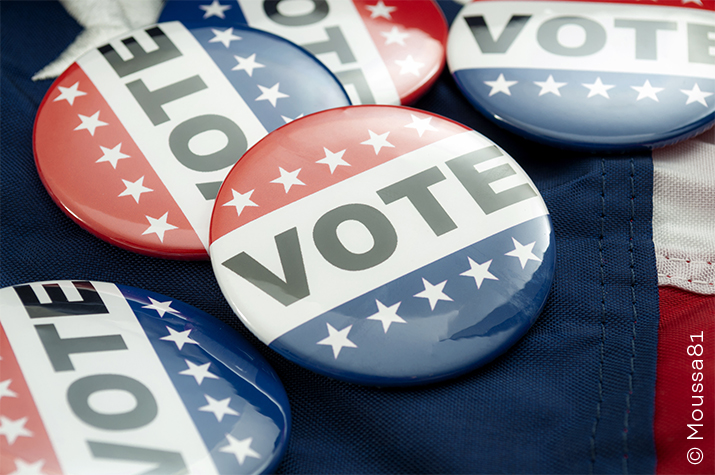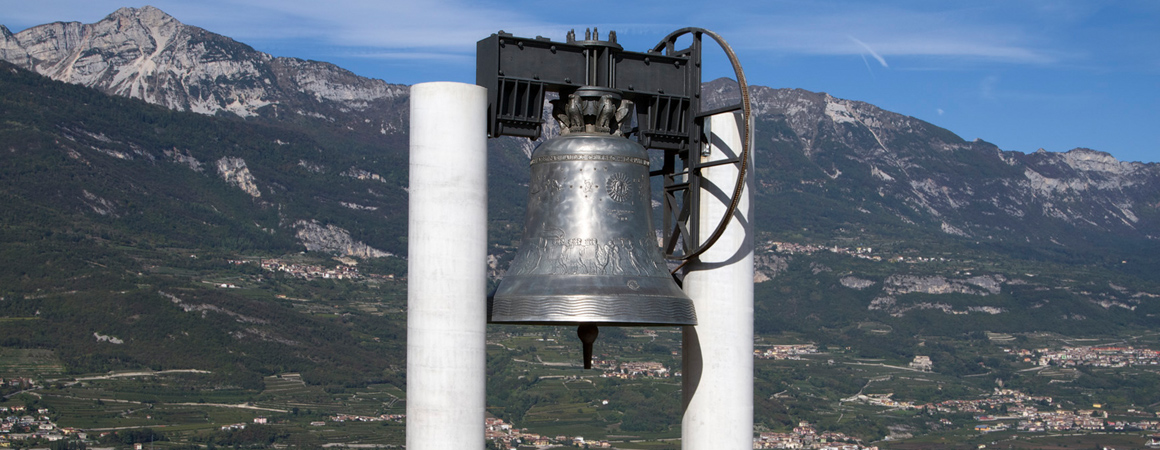When presenting the American ‘presidential’ elections in November (see no. 43 of the online magazine ‘Voce’) we had introduced a slight ‘caveat’ with regard to the mathematical certainty that the contest for the White House would feature two octogenarians, with that slight margin of doubt, in all sincerity, referring to the Republican camp. Indeed, we did not think it implausible that, with the numerous trials pending against Donald Trump, a possible conviction could legally preclude him from continuing his campaign, forcing him to desist.
The fact that, on the contrary, the early withdrawal of one of the contenders has ended up in the alignment of the most unsuspected side, that of the Democrats, is ‘proof’ of how, in politics, nothing can be taken for granted, even in contexts - and the United States is rightfully one of them - where the procedures are planned well in advance and, barring truly exceptional situations, in line with clearly predetermined schedules.
A situation of total unpredictability has characterised the entire path to the nomination of the 47th President of the United States.
Indeed, despite his pronounced physical and intellectual decline, it was frankly unimaginable that the current occupant of the White House would come out of the first televised face-to-face with his challenger ‘overwhelmed’ beyond repair. Just as it was equally difficult to foresee that, after Biden’s renunciation of running for a new term of office, the Democratic Party would immediately rally around the candidature of the current Vice President, discarding the hypothesis (to which two of its ‘heavyweights’ such as former President Barack Obama and former Speaker Nancy Pelosi seemed to initially lean) of the open convention. To the Democrats’ credit, both the consistency of the funding streams and the positive response of the polls,which both rebounded sharply once Biden stepped aside, can also be ascribed to the list of surprises that followed the ‘change of rider’.
And the element of surprise increases in the face of Kamala Harris’s curriculum vitae which is far from brilliant and, indeed, studded with more than a few personal failures. From her disputed disengagement as Attorney General of California, to the total failure of her participation in the 2020 ‘primaries’ and, finally, her inability to gain visibility and authority in a role that, thankless as it may be, is the second highest office in the world.
Jumping forward in time, we can review our thoughts to mid-August, when this article is being written and delivered for publication. With eighty days to go before the vote, and taking for granted the usual fluctuations in the polls between now and 5 November (today slightly in favour of Harris), a substantial balance emerges between the two rivals. Contrary to many expectations, this shows that Trump has failed to capitalise on the dividends that the admirable display of courage linked to the criminal attack on 13 July (Make America Great Again) could have brought him in terms of increased support from the very loyal MAGA (Make America Great Again) community.
According to commentators, an important factor in the coming months will be the ability of the two contenders to draw the many still undecided voters to their camp, particularly in states considered ‘hanging in the balance’ (such as Pennsylvania, Michigan, Wisconsin, North Carolina, Arizona and Georgia), where the jury is still out.
From this point of view, Kamala Harris, a mix of influential African-American and Asian minorities with a family background to match, has made a precise choice, choosing for the presidential ‘ticket’ the current governor of Minnesota, Tim Walz, who is close to the left of the party, preferring him to his colleague from Pennsylvania, Josh Shapiro, who is more ‘centrist’ and - as such - more able (according to some Democrats) to wrest consensus from the ‘moderate’ Republican sectors. However, the current Vice President will also have age on her side, a not insignificant factor considering the fact that the excessive seniority of the two candidates originally in the running had been a widely shared source of perplexity.
Again on the subject of ‘number twos’, Trump’s choice (made, it should be pointed out, at a time when Biden was still his opponent) seems to expose itself to greater doubts since Ohio Senator J.D. Vance appears to be little more than a - moreover radical - double of himself and not someone capable of promoting convergent and complementary social-political demands, in other words, capable of broadening the consensus base of the ‘grand old Party’. A trait he shares with Democrat Walz is that he belongs to the Midwest, the region that had made the difference in the two previous consultations, swinging back and forth - in 2016 for Trump and four years later for Biden.
Having said this, it must be acknowledged that, as is traditional, the positions taken by the leaders of the two camps on domestic policy issues will end up having a very significant impact on the outcome of the US elections, with the immigration issue potentially being the most divisive.
Against a ‘classic’ backdrop, so to speak, one factor, which can be described as ‘anomalous’, should not be overlooked, namely President Biden’s desire to end his long and honourable public career with more worthy end credits than the embarrassing television appearance at the end of June. What better way to redeem his tarnished image than to devote the last months of his term, with the help of the inexhaustible Secretary of State Antony Blinken and the efficient National Security Advisor Jake Sullivan, to finding solutions for the two major international crises at hand? For example, the organisation on the European side of a ‘Peace Summit’ with representatives from Kiev and Moscow at the same time. For the Middle East, the achievement of a prolonged ceasefire in Gaza could avert both the feared escalation of military actions and consequent retaliations and reprisals and the expansion of the conflict to other states in the region (especially Iran).
Now free from the constraints of re-election, the incumbent president’s four-year term would thus be enriched by a result of undeniable political weight, even if only partial or limited to one of the two conflict scenarios. If achieved by 4 November, it would also result - and this is no mean feat - in a definite strengthening of Kamala Harris’ electoral prospects.
Reggente Marco Marsilli, Foundation President










